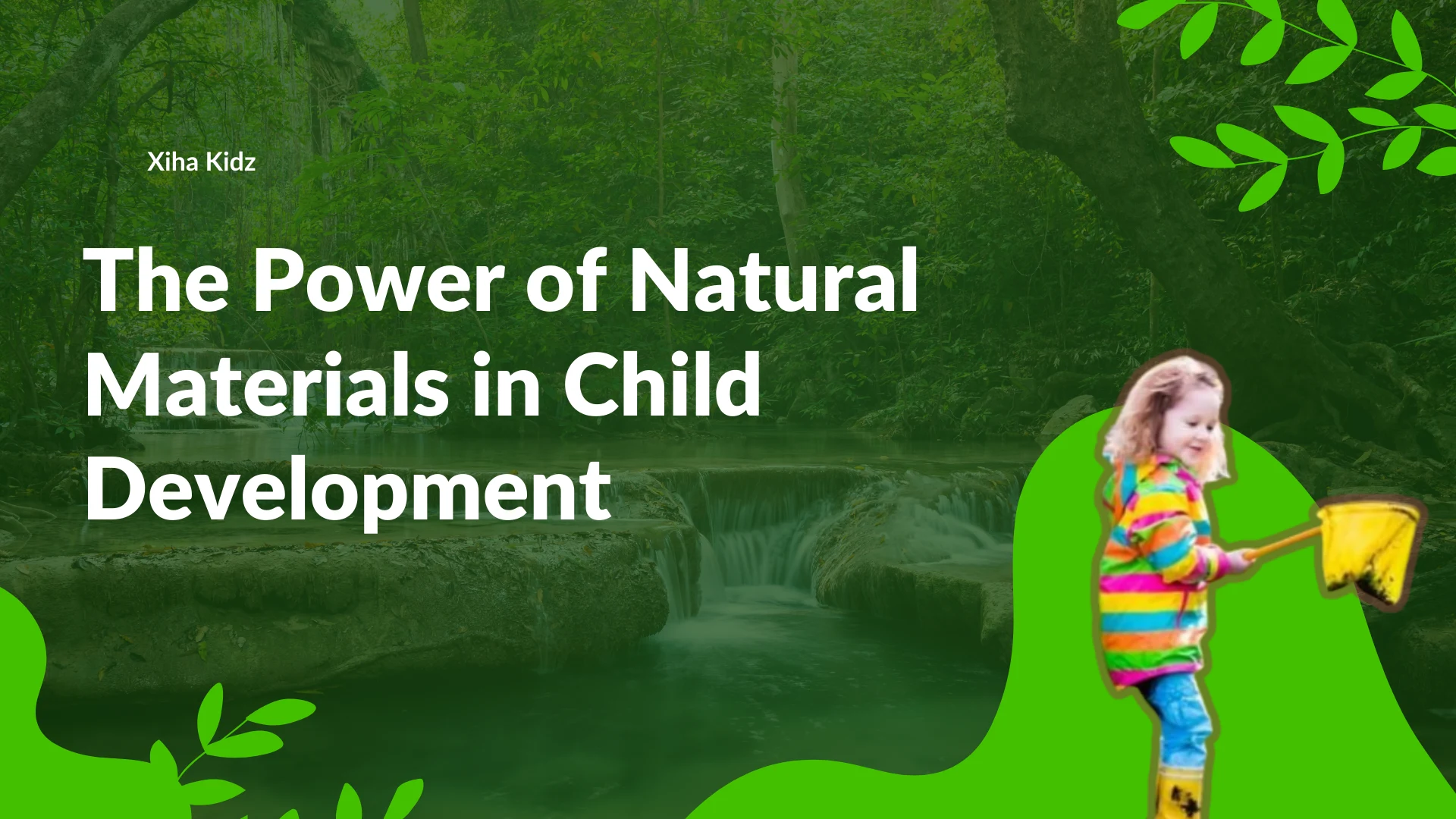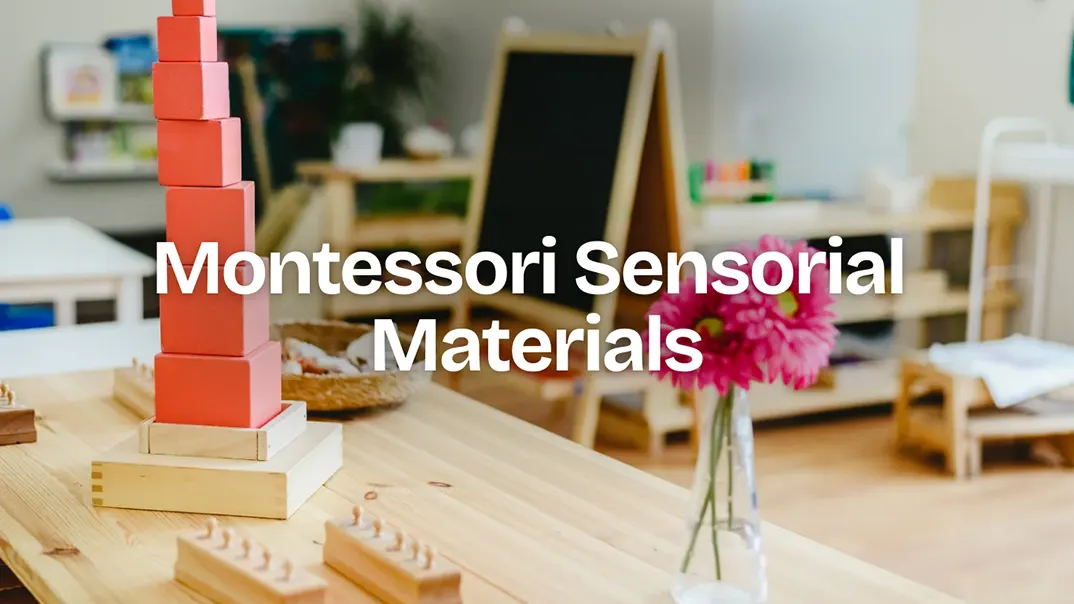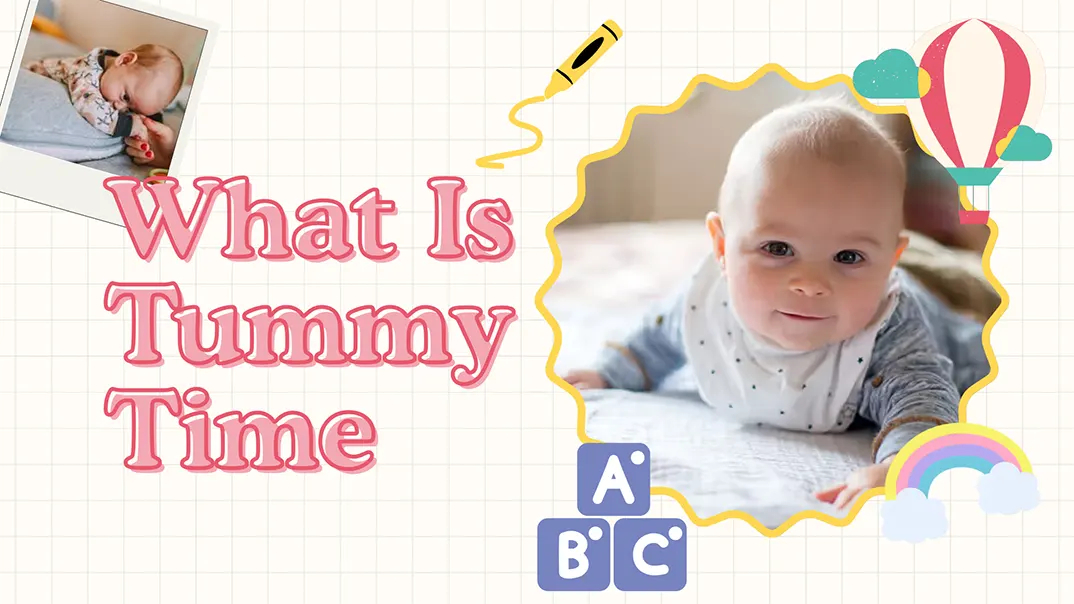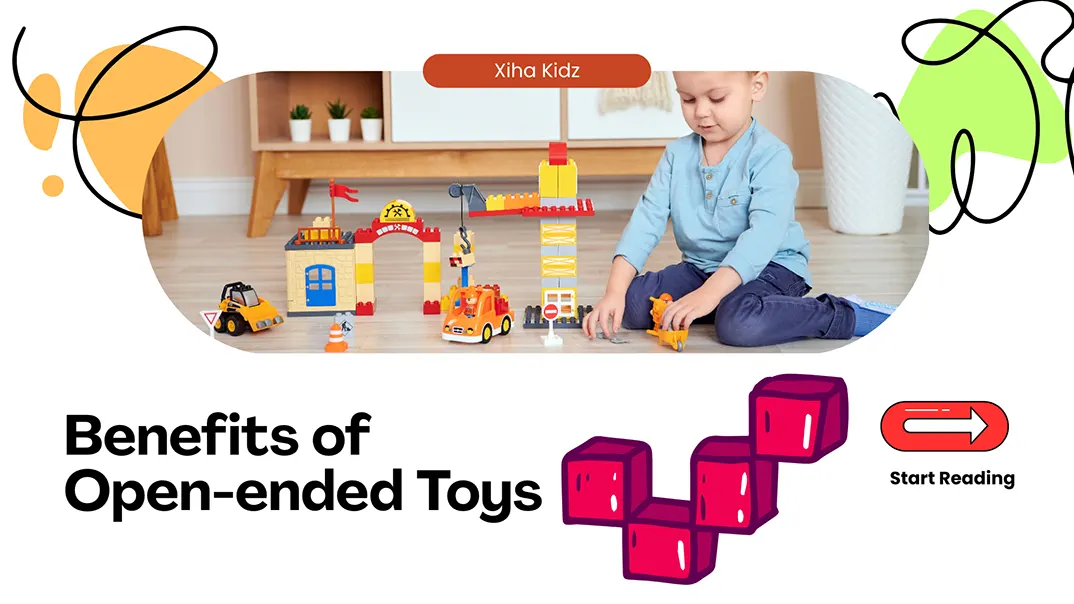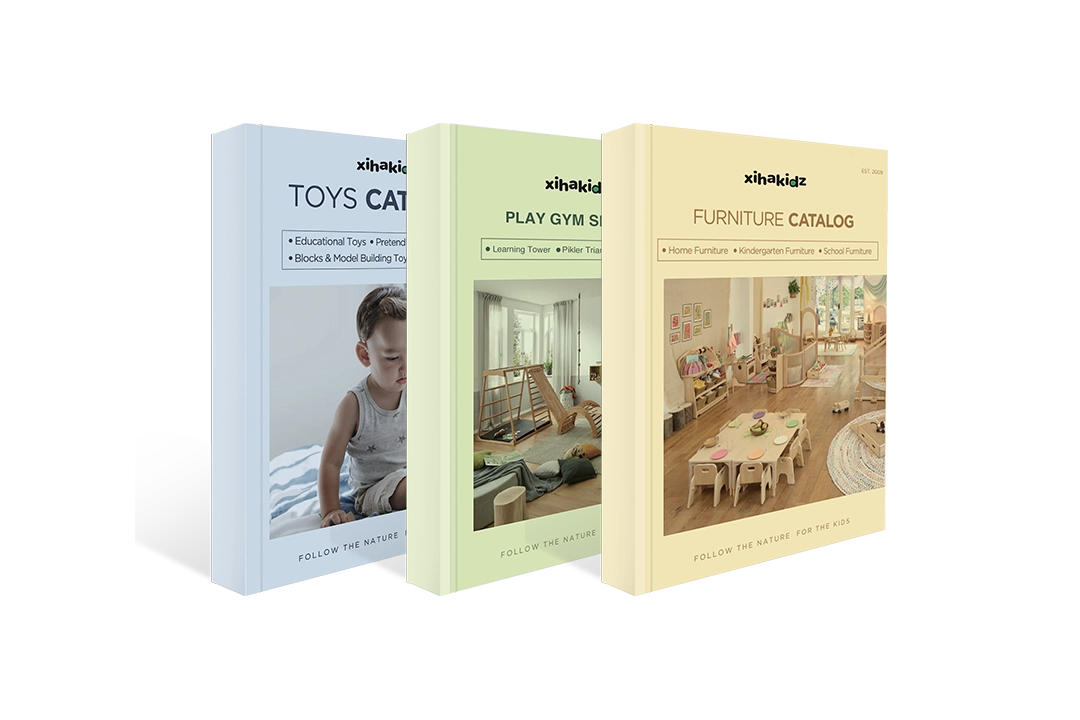บุตรหลานของคุณมีปัญหาในการจดจำสิ่งที่เรียนรู้หรือไม่ คุณกังวลเกี่ยวกับการจดจำของพวกเขาในชั้นอนุบาลหรือไม่ การเปลี่ยนแปลงสภาพแวดล้อมในการเรียนรู้สามารถช่วยได้หรือไม่ นี่เป็นความกังวลทั่วไปสำหรับทั้งผู้ปกครองและนักการศึกษา ในบทความนี้ เราจะสำรวจกลยุทธ์ที่มีประสิทธิภาพในการปรับปรุงความจำของเด็ก รวมถึงข้อมูลเชิงลึกเกี่ยวกับพัฒนาการที่สำคัญและเทคนิคในทางปฏิบัติที่สามารถปรับปรุงการจดจำได้อย่างมีนัยสำคัญ
การพัฒนาความจำของเด็กไม่ใช่แค่เพียงการจดจำ แต่ยังต้องสร้างสภาพแวดล้อมที่สนับสนุนการพัฒนาสมองอีกด้วย ประสาทวิทยาแสดงให้เห็นว่าการมีส่วนร่วมอย่างกระตือรือร้นจะเสริมสร้างการเชื่อมต่อในฮิปโปแคมปัส ซึ่งเป็นส่วนของสมองที่รับผิดชอบความจำ การเรียนรู้แบบโต้ตอบ การแก้ปัญหา และพื้นที่ที่จัดอย่างเป็นระเบียบและสะดวกสบายจะช่วยให้เด็กๆ มีสมาธิและจดจำข้อมูลได้ดีขึ้น
ความจำเป็นปัจจัยสำคัญในเด็ก พัฒนาการทางปัญญาเพื่อปรับปรุงให้ดีขึ้น เด็กๆ จำเป็นต้องได้รับประสบการณ์ที่ส่งเสริมการเรียนรู้และการจดจำอย่างกระตือรือร้น เรามาทำความเข้าใจกันว่าเราจะช่วยให้เด็กๆ เสริมสร้างความจำและพยายามสร้างสภาพแวดล้อมที่เหมาะสมที่สุดสำหรับการพัฒนาทางปัญญาของพวกเขาได้อย่างไร
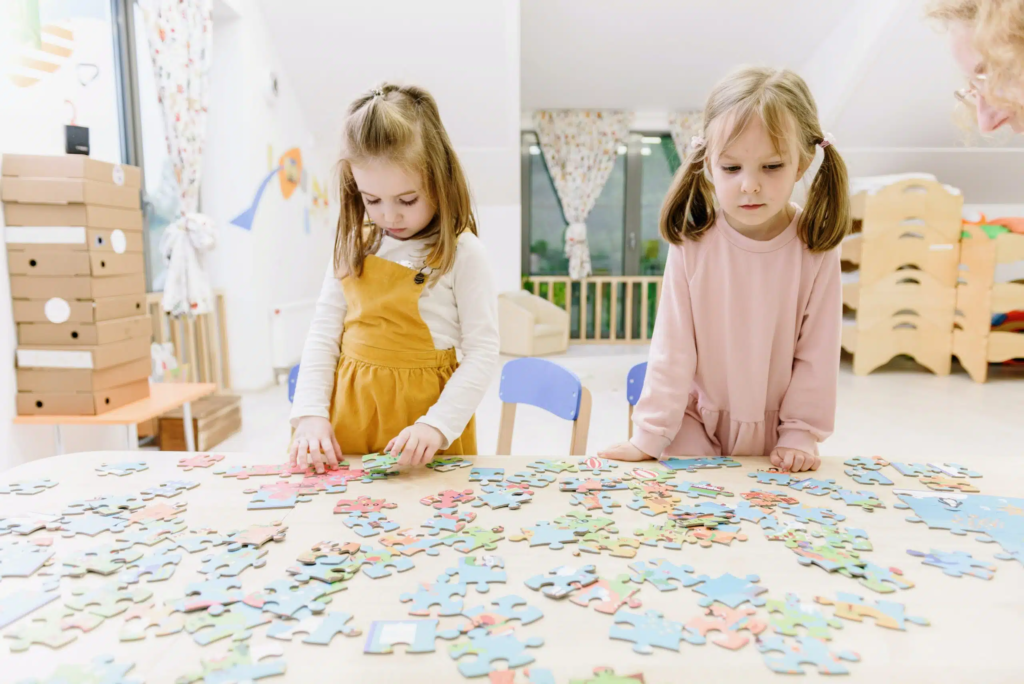
การพัฒนาความจำในวัยเด็กตอนต้น
ความจำในวัยเด็กเป็นกระบวนการที่ซับซ้อนซึ่งเกี่ยวข้องกับการทำงานทางปัญญาหลายอย่าง ในระยะนี้ สมองของเด็กจะพัฒนาอย่างรวดเร็ว ซึ่งเป็นสาเหตุที่ความจำมีบทบาทสำคัญอย่างยิ่งต่อการเติบโตโดยรวมของพวกเขา การวิจัยแสดงให้เห็นว่าสมองของเด็กเล็กมีความยืดหยุ่นสูง ซึ่งหมายความว่าพวกเขาสามารถสร้างการเชื่อมโยงของระบบประสาทใหม่ได้อย่างรวดเร็ว ดังนั้นวัยเด็กจึงเป็นช่วงเวลาที่เหมาะสมที่สุดในการเริ่มใช้กลยุทธ์ที่จะช่วยเพิ่มความจำและความสามารถทางปัญญา
ความจำของเด็กมักถูกแบ่งออกเป็นความจำระยะสั้น ความจำระยะยาว และความจำในการทำงาน ความจำแต่ละประเภทมีวัตถุประสงค์และพัฒนาในอัตราที่แตกต่างกัน การแทรกแซงตั้งแต่เนิ่นๆ ที่สนับสนุนการพัฒนาความจำ เช่น ที่พบในสภาพแวดล้อมแบบมอนเตสซอรี สามารถเร่งกระบวนการนี้ได้
ความจำระยะสั้น
Short-term memory is a fundamental aspect of a child’s memory, referring to the capacity to briefly hold and manipulate information. For young children, this often involves retaining details long enough to complete tasks or follow sequences. An example of utilizing short-term memory is remembering simple instructions like “put the red block in the basket.”
At an early age, a child’s memory typically has limited short-term capacity. Nevertheless, this crucial skill can be nurtured through practice. Games and activities designed to encourage children to follow multi-step instructions or recall sequences of items are particularly beneficial in enhancing a child’s memory.
หน่วยความจำระยะยาว
In contrast, long-term memory is the component of a child’s memory that enables storing information over extended periods, ranging from hours to many years. Long-term memory becomes increasingly vital as children grow and accumulate knowledge, essential for academic learning, personal experiences, and acquiring life skills.
Young children’s long-term memory develops progressively, and its enhancement can be effectively supported through repeated exposure to core concepts. Montessori-based activities, characterized by repetition and active interaction with materials, significantly boost a child’s memory by reinforcing retention and deepening understanding over time.
ค้นพบผลิตภัณฑ์ทั้งหมดของเรา
เข้าถึงแค็ตตาล็อกที่ครอบคลุมของเราซึ่งมีเฟอร์นิเจอร์คุณภาพเยี่ยมและอุปกรณ์การเล่นสำหรับโรงเรียนอนุบาลและโรงเรียน
Working Memory
Working memory is a critical function of a child’s memory system that enables them to temporarily hold and manipulate information needed to complete tasks. For instance, when solving a puzzle, a child must remember the shapes and where each piece belongs—an active use of working memory. Unlike short-term memory, which involves passive recall, working memory involves active mental processing and decision-making.
This aspect of a child’s memory plays a foundational role in problem-solving, learning, and day-to-day functioning. As children grow, especially during their early school years, the development of working memory becomes vital for managing multi-step instructions and tackling academic challenges.
10 Practical Strategies to Improve a Child’s Memory
Once we understand the key factors that influence memory, the next step is to put practical techniques into action. These strategies combine research-based insights with everyday activities, making them easy to integrate into a child’s daily routine. By using a mix of games, visualization, and active learning, parents and teachers can help children strengthen their memory while also making the process fun and engaging.
1. Develop Visualization Skills
Visualization is a powerful tool that strengthens a child’s memory by turning abstract information into vivid mental images. For example, if you ask your child to set the table for five people, encourage them to imagine the table in their mind. Younger children may draw it, while older children can describe it out loud. With practice, this technique helps improve recall and makes information easier to remember.
2. Turn Children into “Little Teachers”
Explaining a concept to others is one of the best ways to learn. When children are asked to teach their parents, siblings, or peers, they must make sense of the information and organize it clearly. For instance, if they are learning to dribble a basketball, have them demonstrate and explain the steps. This active processing helps deepen understanding and strengthen recall.
3. Use Games to Train Memory
Play-based activities are highly effective in improving a child’s memory. Games such as Memory (Concentration), Uno, Go Fish, or Crazy Eights challenge children to remember rules, cards, and sequences. Even simple activities like spotting letters on license plates or circling words in a magazine can sharpen visual memory. These playful methods make learning enjoyable while training recall skills.

4. Incorporate Visual Aids and Tools
Children often benefit from seeing information displayed in structured ways. Flashcards, mind maps, and keyword charts help organize details and establish connections between concepts. A visual aid not only makes review easier but also helps children anchor abstract information to something concrete, improving long-term retention.
5. Create Rhymes and Songs
Our brains are naturally wired to remember rhythm and melody. Turning information into songs, poems, or chants makes it much easier to recall. For example, children often learn the alphabet through song, and multiplication tables can also be remembered more effectively when set to a rhythm.
6. Encourage Active Learning and Questioning
Children retain more information when they ask questions and engage in discussions. Encouraging curiosity allows them to explore the “why” and “how” of concepts, leading to deeper comprehension. This critical thinking ensures knowledge is stored in long-term memory, enhancing a child’s memory capacity far beyond rote memorization.

7. Use Multi-Sensory Learning
Engaging multiple senses enhances memory formation. A child can listen to a passage, read it aloud, and then act it out. For example, when learning vocabulary, they can write the word, say it out loud, and use it in a role-play scenario. This layered approach creates stronger neural connections and makes recall easier.
8. Break Information into Chunks
Large amounts of information can overwhelm a child’s memory. Instead, break tasks into smaller, manageable steps. This is why phone numbers and social security numbers are grouped with hyphens. In learning, parents and teachers can do the same by breaking down assignments into parts or giving instructions step by step. Pairing this method with spaced repetition (reviewing material at intervals) further strengthens long-term memory.
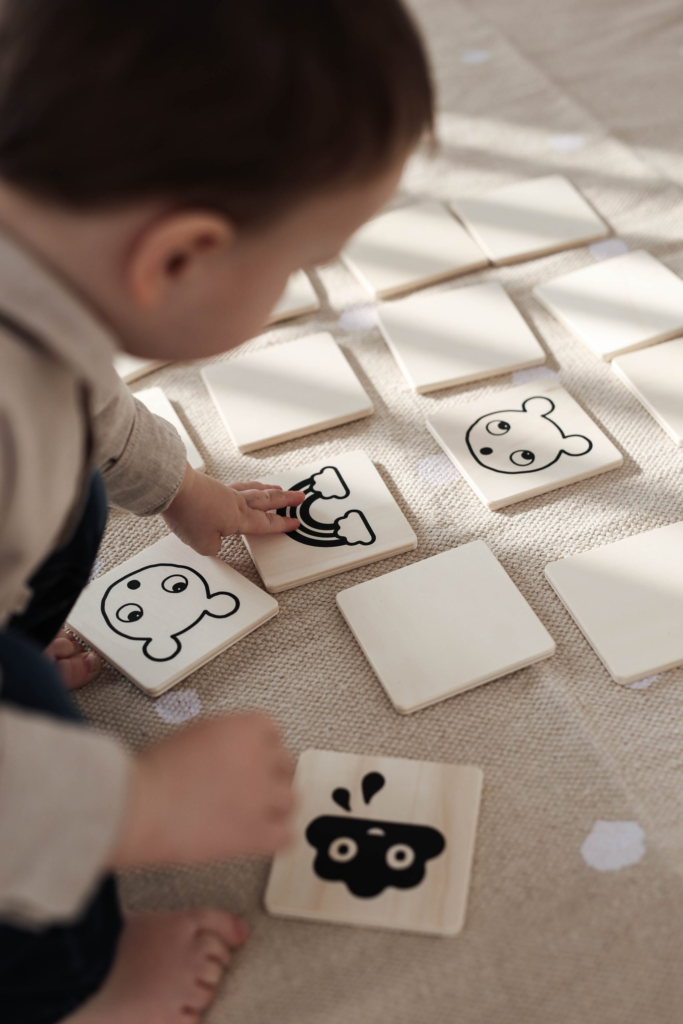
9. Build Associations and Connections
Helping children form associations between details makes them easier to remember. Mnemonics, acronyms, and storytelling are effective tools. For example, the acronym “ROY G. BIV” helps children remember the colors of the rainbow. Similarly, connecting new information to a child’s personal experiences or interests makes the content more meaningful and memorable.
10. Make Learning Fun and Relevant
Children are more likely to remember what excites them. Visiting museums, libraries, or science centers can bring abstract ideas to life. Parents can also connect lessons to real-life experiences—counting fruit in a grocery store, identifying shapes in buildings, or discussing colors while painting. When learning feels enjoyable and relevant, memory retention improves naturally.
เปลี่ยนห้องเรียนของคุณด้วยโซลูชันเฟอร์นิเจอร์ที่ออกแบบเอง
คำถามที่พบบ่อย
1. การขาดความจำในการทำงานคืออะไร?
ภาวะขาดความจำในการทำงานหมายถึงความยากลำบากในการจดจำและประมวลผลข้อมูลในช่วงเวลาสั้นๆ เด็กที่มีปัญหานี้อาจประสบปัญหาในการจดจำคำสั่งหรือทำตามงานหลายขั้นตอน ซึ่งอาจส่งผลต่อการเรียนรู้และกิจกรรมประจำวัน
2. ฉันสามารถช่วยปรับปรุงหน่วยความจำในการทำงานของลูกได้อย่างไร
หากต้องการปรับปรุงความจำในการทำงานของบุตรหลานของคุณ ให้ลองทำกิจกรรมต่างๆ เช่น เกมฝึกความจำ การทำซ้ำ และการออกกำลังกายที่ต้องให้บุตรหลานปฏิบัติตามคำแนะนำหรือแก้ปัญหา เกมเช่น "บิงโก" หรือ "สมาธิ" สามารถช่วยเสริมสร้างทักษะความจำของพวกเขาได้
3. ฉันสามารถช่วยให้ลูกของฉันจดจำข้อมูลได้อย่างไร
ส่งเสริมให้บุตรหลานของคุณใช้เทคนิคต่างๆ เช่น การสร้างภาพ การแบ่งข้อมูลเป็นชิ้นๆ และการเชื่อมโยงความรู้ใหม่และเก่า การทำซ้ำและฝึกฝนอย่างสม่ำเสมอก็เป็นสิ่งสำคัญที่จะช่วยให้พวกเขาจดจำและจำข้อมูลได้อย่างมีประสิทธิภาพมากขึ้น
4. สัญญาณของความจำภาพถ่ายในเด็กมีอะไรบ้าง?
ความจำแบบภาพถ่ายในเด็กนั้นพบได้ยาก แต่บางครั้งเด็กก็สามารถจดจำรายละเอียดต่างๆ ได้อย่างแม่นยำหลังจากที่เห็นบางสิ่งบางอย่างเพียงครั้งเดียว เด็กที่มีความจำแบบภาพถ่ายอาจจำเหตุการณ์ในอดีต หน้าบางหน้าในหนังสือ หรือภาพต่างๆ ได้อย่างชัดเจนและละเอียดมาก พวกเขาอาจบรรยายฉากหรือวัตถุต่างๆ ในลักษณะที่ดูเหมือนเป็นภาพถ่ายในหัวของพวกเขา หากคุณสังเกตเห็นว่าลูกของคุณจำสิ่งต่างๆ ได้อย่างละเอียดเป็นพิเศษ คุณควรปรึกษากับผู้เชี่ยวชาญเพื่อทำความเข้าใจความสามารถในการจดจำของพวกเขาให้ดียิ่งขึ้น
5. อะไรเป็นสาเหตุของการสูญเสียความจำฉับพลันในเด็ก?
การสูญเสียความทรงจำอย่างกะทันหันในเด็กอาจก่อให้เกิดความกังวลและอาจเกิดขึ้นได้จากหลายสาเหตุ อาจเกิดจากการบาดเจ็บทางร่างกาย เช่น การกระทบกระเทือนทางสมองหรือการบาดเจ็บที่ศีรษะ ซึ่งส่งผลต่อการทำงานของสมอง ความเครียดทางอารมณ์ ความวิตกกังวล หรือการเปลี่ยนแปลงที่สำคัญในชีวิตของเด็กอาจนำไปสู่ปัญหาด้านความจำชั่วคราวได้เช่นกัน การนอนหลับไม่เพียงพอ การติดเชื้อ เช่น ไข้ หรือปัญหาทางระบบประสาทก็อาจทำให้สูญเสียความทรงจำได้เช่นกัน หากบุตรหลานของคุณประสบกับการสูญเสียความทรงจำอย่างกะทันหัน สิ่งสำคัญคือต้องปรึกษาผู้ให้บริการด้านการแพทย์เพื่อระบุสาเหตุที่แท้จริงและแสวงหาการดูแลที่เหมาะสม
6. When should I be concerned about my child’s memory?
You should be concerned if your child frequently forgets familiar routines, struggles with simple instructions, or shows difficulty recalling recent events. If these signs persist across different settings and interfere with learning or daily life, consult a pediatrician or child development specialist.
บทสรุป
โดยสรุป การส่งเสริมความจำของเด็กไม่ได้หมายความถึงการเน้นที่การจดจำเพียงอย่างเดียว แต่เป็นการสร้างสภาพแวดล้อมที่ส่งเสริมการเติบโตทางปัญญาของพวกเขา ด้วยการใช้กลยุทธ์ที่มีประสิทธิภาพ เช่น การทบทวน การจินตนาการ และการเรียนรู้แบบปฏิบัติจริง และจับคู่กลยุทธ์เหล่านี้กับพื้นที่ที่จัดอย่างเป็นระเบียบและสนับสนุน เราสามารถช่วยให้เด็กๆ เสริมสร้างความจำและความสามารถในการเรียนรู้ของพวกเขาได้ เมื่อเราให้เครื่องมือที่เหมาะสมและสภาพแวดล้อมที่เอื้ออำนวยแก่เด็กๆ เราก็จะสร้างรากฐานให้กับพวกเขาเพื่อเจริญเติบโตทั้งในด้านวิชาการและส่วนบุคคล
ที่ ซิฮา คิดส์เราเข้าใจถึงความสำคัญของพื้นที่การเรียนรู้ที่ได้รับการออกแบบอย่างดีต่อพัฒนาการของเด็ก ในฐานะผู้ผลิตและซัพพลายเออร์ชั้นนำด้านเฟอร์นิเจอร์โรงเรียนอนุบาลที่มีประสบการณ์ในอุตสาหกรรมมากกว่า 20 ปี เราให้บริการโซลูชันแบบครบวงจรตั้งแต่การออกแบบห้องเรียน การผลิตเฟอร์นิเจอร์ตามสั่ง ไปจนถึงการตรวจสอบคุณภาพและการจัดส่ง ผลิตภัณฑ์ที่หลากหลายของเรา เฟอร์นิเจอร์โรงเรียนอนุบาลมีให้เลือกหลายสไตล์ หลายวัสดุ และหลายขนาด ออกแบบมาเพื่อสร้างสภาพแวดล้อมที่เหมาะสำหรับการเจริญเติบโต การเรียนรู้ และการจดจำของเด็กๆ ให้เราช่วยคุณสร้างสภาพแวดล้อมการเรียนรู้ที่สมบูรณ์แบบสำหรับเด็กๆ ที่คุณดูแล


